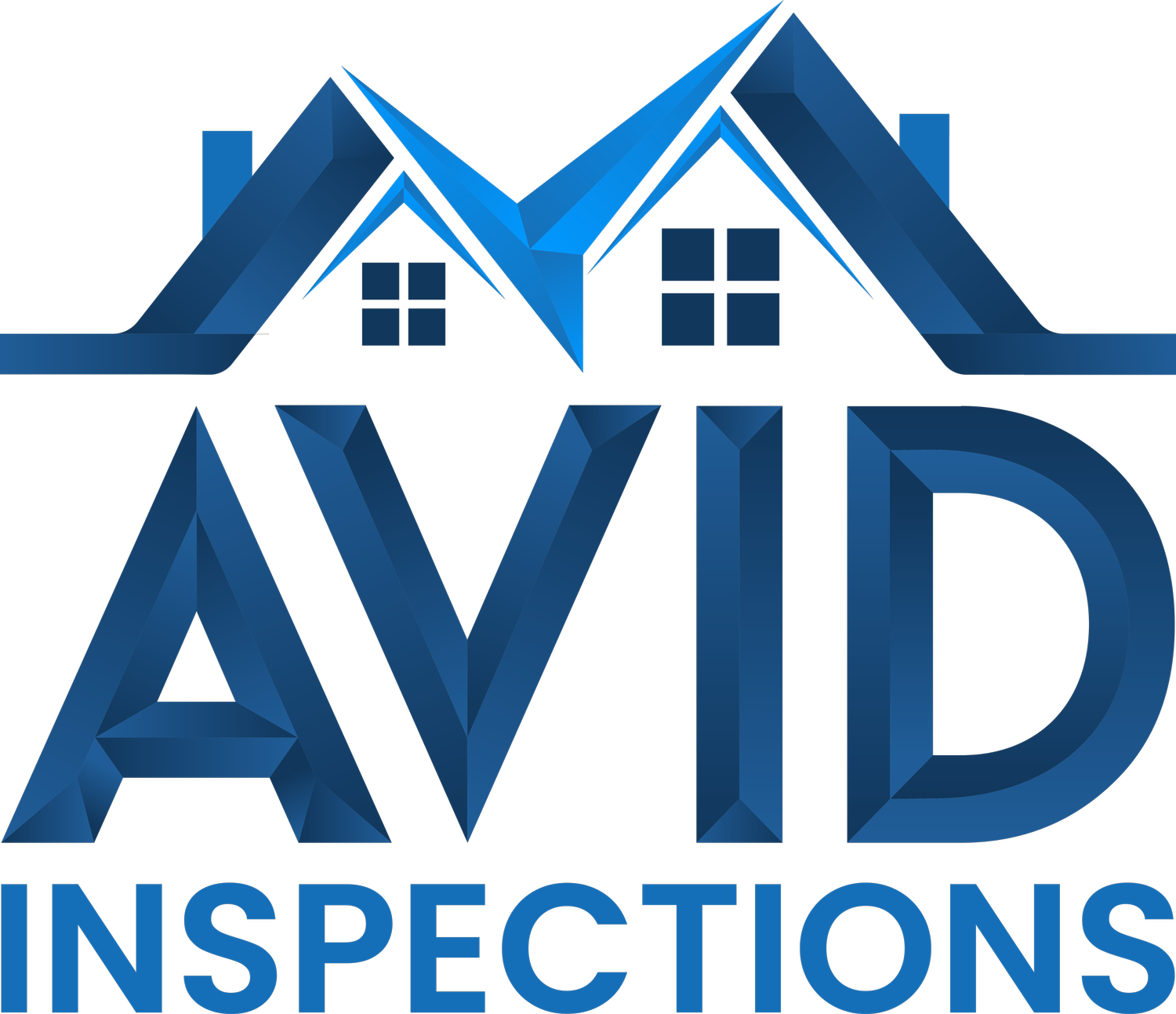Insulation 101: How to Keep Your Home Warm in Winter and Cool in Summer
Insulation 101: How to Keep Your Home Warm in Winter and Cool in Summer
As a homeowner, you’ve likely noticed how the seasons affect your comfort and energy bills. During the winter, drafts might creep in, while in the summer, heat can make your home feel like an oven. The secret to maintaining a consistent indoor temperature—and saving money on utilities—is proper insulation. Insulation is one of the most effective ways to keep your home warm in the winter, cool in the summer, and energy-efficient year-round.
In this blog, we’ll explain what insulation does, where it’s needed, and how to improve it in your home.
1. What Is Insulation and Why Does It Matter?
Insulation is a material that slows the transfer of heat. It helps to:
• Keep heat inside during the winter: Insulation prevents warm air from escaping your home, reducing the need for heating.
• Keep heat out during the summer: Insulation blocks hot air from entering your home, reducing the strain on your cooling system.
• Lower energy bills: By reducing the need for heating and cooling, insulation helps you save money.
• Increase comfort: A properly insulated home maintains a more consistent indoor temperature and eliminates cold drafts or hot spots.
In short, insulation acts as a barrier that makes your home more energy-efficient and comfortable.
2. Types of Insulation
There are several types of insulation, each suited to different parts of your home:
• Fiberglass Batt Insulation: Commonly used in walls, attics, and floors. Affordable and easy to install, but it must be properly fitted to be effective.
• Blown-In Insulation: Made of fiberglass or cellulose and often used in attics. It fills gaps and hard-to-reach areas, providing better coverage.
• Spray Foam Insulation: Expands to fill gaps and cracks, making it excellent for sealing air leaks. It provides high R-values (a measure of insulation’s effectiveness) but can be more expensive.
• Rigid Foam Board: Ideal for insulating foundations, walls, and roofs. It’s durable and provides excellent thermal resistance.
• Radiant Barriers: Reflect heat rather than absorbing it, making them a good choice for attics in hot climates.
3. Key Areas to Insulate in Your Home
To maximize comfort and energy efficiency, focus on insulating these critical areas:
• Attic: Heat rises, so an uninsulated attic is one of the biggest sources of energy loss. Proper attic insulation can make a significant difference.
• Walls: Both exterior and interior walls benefit from insulation, reducing heat transfer and noise.
• Floors: Insulating floors, especially over unheated spaces like garages or crawl spaces, prevents heat loss and cold drafts.
• Basement and Foundation: Insulating the foundation and basement walls helps regulate the temperature in lower levels of your home.
• Windows and Doors: While not technically insulation, weatherstripping and caulking around windows and doors seal air leaks, complementing your insulation efforts.
4. Signs Your Home Needs More Insulation
If you’re experiencing any of the following, it’s time to check your insulation:
• Uneven temperatures: Certain rooms feel colder in winter or hotter in summer.
• High energy bills: If your heating or cooling costs seem unusually high, poor insulation could be to blame.
• Drafts: Cold air entering through walls, windows, or doors indicates insufficient insulation.
• Hot or cold ceilings and walls: Touch your walls or ceilings—if they feel cold in winter or hot in summer, you likely need better insulation.
• Ice dams on the roof: Ice forming along the edge of your roof during winter is a sign of heat escaping through the attic.
5. How to Improve Insulation
Improving your home’s insulation doesn’t have to be overwhelming. Here are steps you can take:
DIY Upgrades:
• Seal air leaks: Use caulk or spray foam to seal gaps around windows, doors, and plumbing or wiring penetrations.
• Add weatherstripping: Install weatherstripping around doors and windows to block drafts.
• Install attic insulation: If your attic insulation is thin or missing, consider adding fiberglass batts or blown-in insulation.
Professional Upgrades:
• Energy audit: Hire a professional to assess your home’s energy efficiency and identify areas needing insulation.
• Blown-in or spray foam insulation: Professionals can install these types of insulation for maximum coverage and efficiency.
• Replace outdated insulation: Old insulation can become less effective over time. A professional can remove and replace it with modern, higher-performance materials.
6. Understand R-Values
When choosing insulation, pay attention to its R-value, which measures its ability to resist heat flow. The higher the R-value, the better the insulation. The ideal R-value for your home depends on your climate zone:
• Cold climates: Higher R-values (R-49 or more for attics, R-25 for walls).
• Mild climates: Moderate R-values (R-30 to R-38 for attics, R-13 to R-15 for walls).
• Hot climates: Lower R-values (R-30 for attics, R-11 for walls).
Check local building codes or consult with a professional to determine the best R-value for your area.
7. Benefits of Proper Insulation
Investing in proper insulation offers numerous benefits:
• Energy savings: You’ll reduce heating and cooling costs by up to 20% or more.
• Improved comfort: Your home will feel warmer in winter and cooler in summer.
• Noise reduction: Insulation helps dampen sound, making your home quieter.
• Environmental impact: Lower energy use means a reduced carbon footprint.
Conclusion
Proper insulation is the key to maintaining a comfortable, energy-efficient home in all seasons. By understanding the different types of insulation, identifying areas of heat loss, and making upgrades where necessary, you can save money, reduce energy waste, and enjoy a more comfortable living space. Whether you’re sealing air leaks yourself or hiring a professional to upgrade your attic insulation, every step you take brings you closer to a well-insulated, efficient home. Start today and reap the benefits for years to come!
